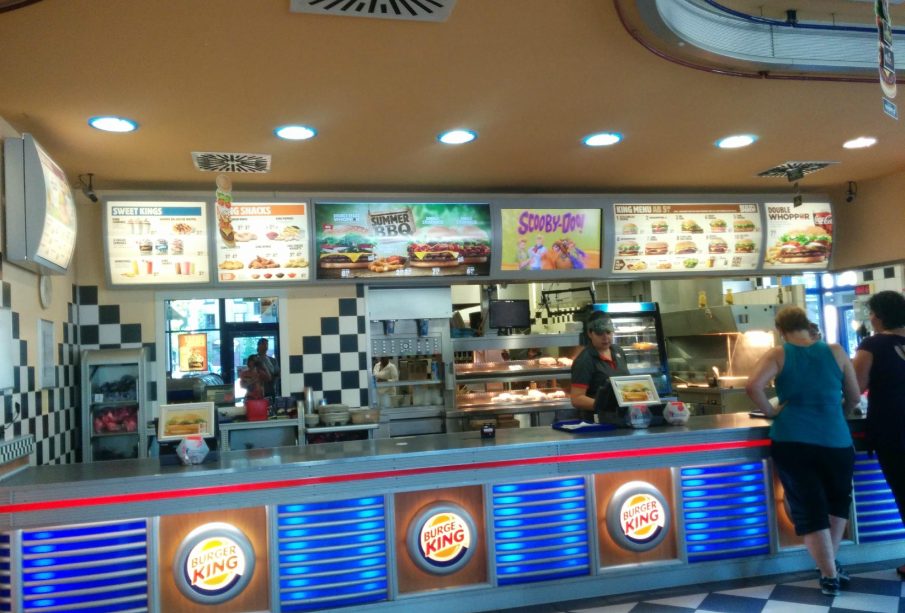Emerging Trends in Fast Food Restaurants for 2023

The Importance of Fast Food Restaurants
Fast food restaurants have become a staple in modern life due to their convenience, speed, and affordability. With busy lifestyles and the ever-increasing demand for quick meals, these establishments serve millions of customers every day. As they adapt to evolving consumer preferences and societal trends, understanding the latest movements within the industry is crucial for both consumers and stakeholders.
Current Trends Shaping the Fast Food Industry
As of 2023, the fast food industry has started reflecting broader trends such as health consciousness, sustainability, and technological advancements. One significant movement is the introduction of plant-based options. Chains such as Burger King and McDonald’s have begun offering plant-based burgers to cater to the growing vegan and vegetarian audience. According to a recent report by Market Research Future, the plant-based food market is projected to reach $40 billion by 2025, prompting fast food restaurants to innovate their menus.
Furthermore, many fast food labels are focusing on sustainability. This includes sourcing ingredients responsibly and reducing packaging waste. Companies have pledged to eliminate single-use plastics and invest in eco-friendly materials. For example, KFC has committed to replacing plastic straws with paper alternatives in several countries, showcasing a significant shift towards a more sustainable business model.
Technological Integration in Fast Foods
Technology is also playing a critical role in transforming the fast food landscape. Digital ordering and delivery services continue to rise, propelled by the Coronavirus pandemic’s shift in consumer behaviour. Fast food chains are increasingly adopting apps for mobile ordering and contactless payment options. Notably, 2022 saw a 20% increase in mobile app usage for fast food orders compared to previous years, as per data from Statista.
The Impact of Health Trends on Fast Food Choices
Health trends are also shaping the choices customers are making at fast food restaurants. A shift towards low-sodium, low-calorie options is evident, with many chains now providing detailed nutritional information on their menus. As the public becomes more health-conscious, restaurants are responding by highlighting fresh ingredients, calorie counts, and the growing popularity of health-centric meals.
Conclusion: The Future of Fast Food
The fast food industry continues to evolve dramatically as it responds to consumer demands and societal challenges. By embracing health, sustainability, and technology, fast food restaurants are positioning themselves to not only thrive in the current climate but also define the landscape of the future. As consumers become more health-oriented and environmentally aware, the industry is expected to keep adapting, ensuring that the fast food experience remains relevant and engaging.









